The Choctaw Nation and Ireland
The Choctaw Nation and Ireland. When Ireland was deep in the throes of the Great Famine, the cry of millions of starving people was heard across an ocean, by a Native American tribe recently displaced to Oklahoma. In this letter the selfless act of the Choctaw people will be recognised, for coming to aid the Irish while their own suffering was still so raw.
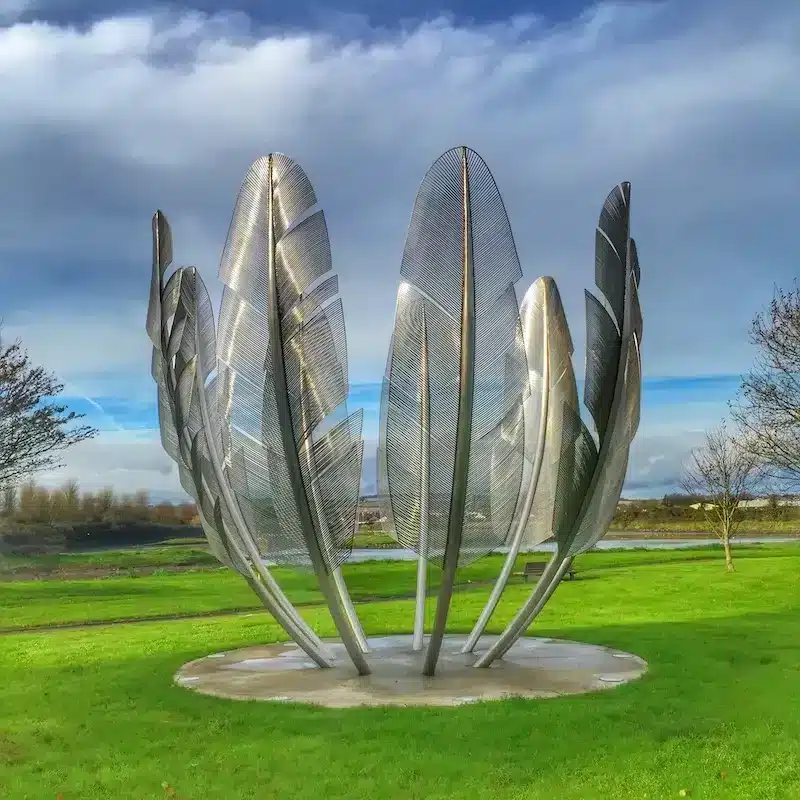
Nowadays, we’re used to seeing famine and war reported on the TV – the images helping us to understand the real misery of some people in unlucky or unfortunate parts of the world.
However, our story today goes back to a time before such pictures were available to people, most times the reports never moved beyond their locality. Sometimes – the situation was of such a magnitude that the news moved beyond borders, and sometimes caused the most unlikely of reactions.
A Journey to see the Choctaw Nation Sculpture.
Just last summer Gerard Miller – one of our Green Room members, headed to Ireland for a long-awaited first trip to Ireland. He had an ambitious schedule, but was sure that he wanted to visit a very specific part of Ireland. Gerald told us:
“My maternal, maternal great, grandfather was John O’Riley (1850-1904). While he was born in Savannah, Georgia, his father James O’Riley (1820-1899) was born in Dublin, Ireland. John married my great, grandmother Mary Catherine Harkins, who was half Choctaw Native American.
The reason I mention this is because I understand that a sculpture was recently dedicated in Midleton, County Cork, Ireland (east of Cork city) which was commissioned in 2015 to commemorate the kindness of the Choctaws to the Irish in the 1840’s famine. The sculpture is entitled KINDRED SPIRITS. In honour of my joint Irish-Choctaw heritage, I am planning on trying to visit this sculpture during the one day that I will have in County Cork.” Gerald Miller.
Just a few weeks back, Carina and myself headed to Midleton to view the sculpture for ourselves. It’s a beautiful piece – with nine steel eagle feathers – all fanning out and upwards to form the shape of a bowl. A beautiful piece – but commemorating the connections between two peoples who underwent immense hardship during the mid-1800s.
A Walk Along the Trail of Tears.
Up until the 1830s, the Native American Choctaw had their traditional lands in the south-eastern part of the United States. The “Indian Removal Act” of 1830 looked to forcibly clear them from these desirable lands, and resettle them in what is now Oklahoma. While about 5,000 Choctaws remained in the South-east of the US, about 21,000 took the long journey along what later became known as the “Trail of Tears”. Of these, many thousands died of malnourishment and disease on the trail. This experience must have made a huge impact on the collective psyche of the Choctaw people.
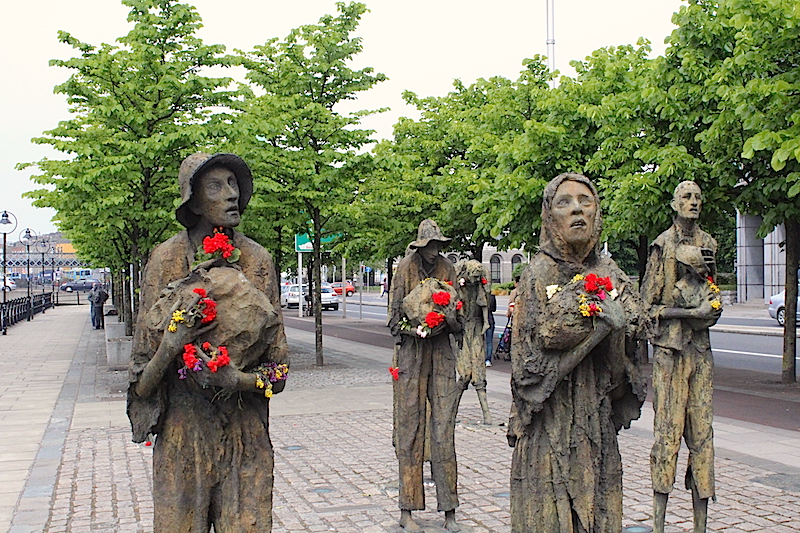
This gesture was never forgotten, and down through the years activists in Ireland and the Choctaw nation remained in touch. In 1990, a number of Choctaw leaders took part in the first annual Doolough famine memorial walk in County Mayo. This recreated an infamous walk that took place in 1848 when many of the locals were dying from disease and malnutrition. Two years later, in 1992 – an Irish group joined the Choctaw for a commemorative walk from Oklahoma to Mississippi.
For many years, the gift of the Choctaw to the people of Ireland was remembered on a plaque in Dublin that read:
“Their humanity calls us to remember the millions of human beings throughout our world today who die of hunger and hunger-related illness in a world of plenty.”
Now, these words have been joined by a beautiful sculpture in the town of Midleton. The sculptor, Alex Pentek says of his work:
“By creating an empty bowl symbolic of the Great Irish Famine formed from the seemingly fragile and rounded shaped eagle feathers used in the Choctaw ceremonial dress, it is my aim to communicate the tenderness and warmth of the Choctaw Nation who provided food to the hungry when they themselves were still recovering from their own tragic recent past.”
And we think he has crafted a beautiful memorial built around one gesture of great empathy and kindness.
As for Gerald, he arrived in Cork and travelled to see the sculpture accompanied by one of our own local members. He also had a trip of a lifetime. And, do you know what, Gerald – we are delighted for you – our American-Choctaw-Irish friend! Thank you for sharing your story and reminding us that we do, indeed, “live in the shelter of each other”.
How about you? Are you familiar with this link between the Choctaw and the Irish? Perhaps you have stories of unusual connections of your own? Do feel free to share your comments.
That’s it for today – as always, do feel free to share any questions or stories of your own.
We’ll chat again next week!
Slán, Mike and Carina

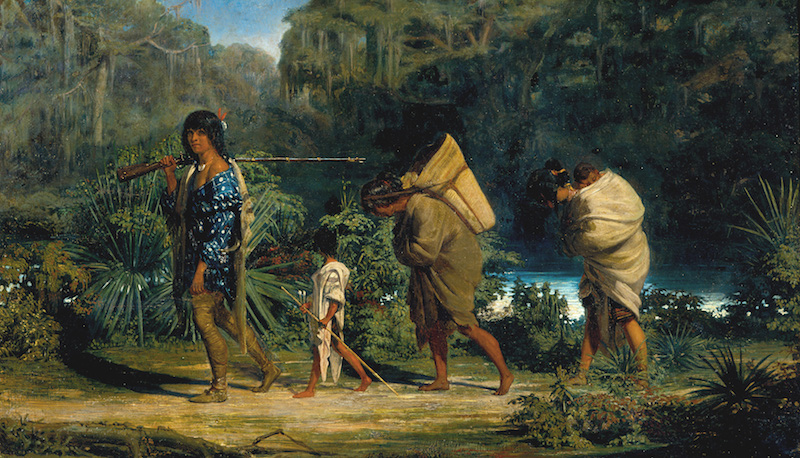

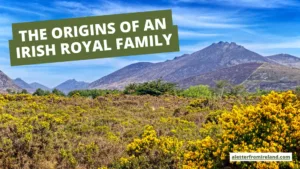
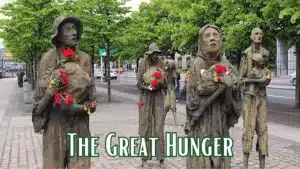
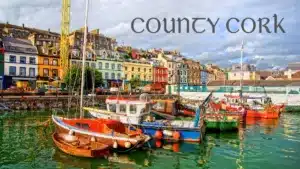
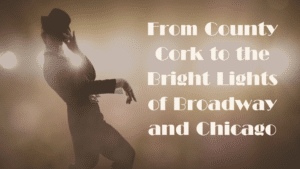
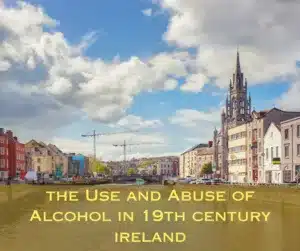
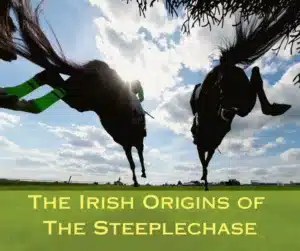
Only Plus Members can comment - Join Now
If you already have an account sign in here.